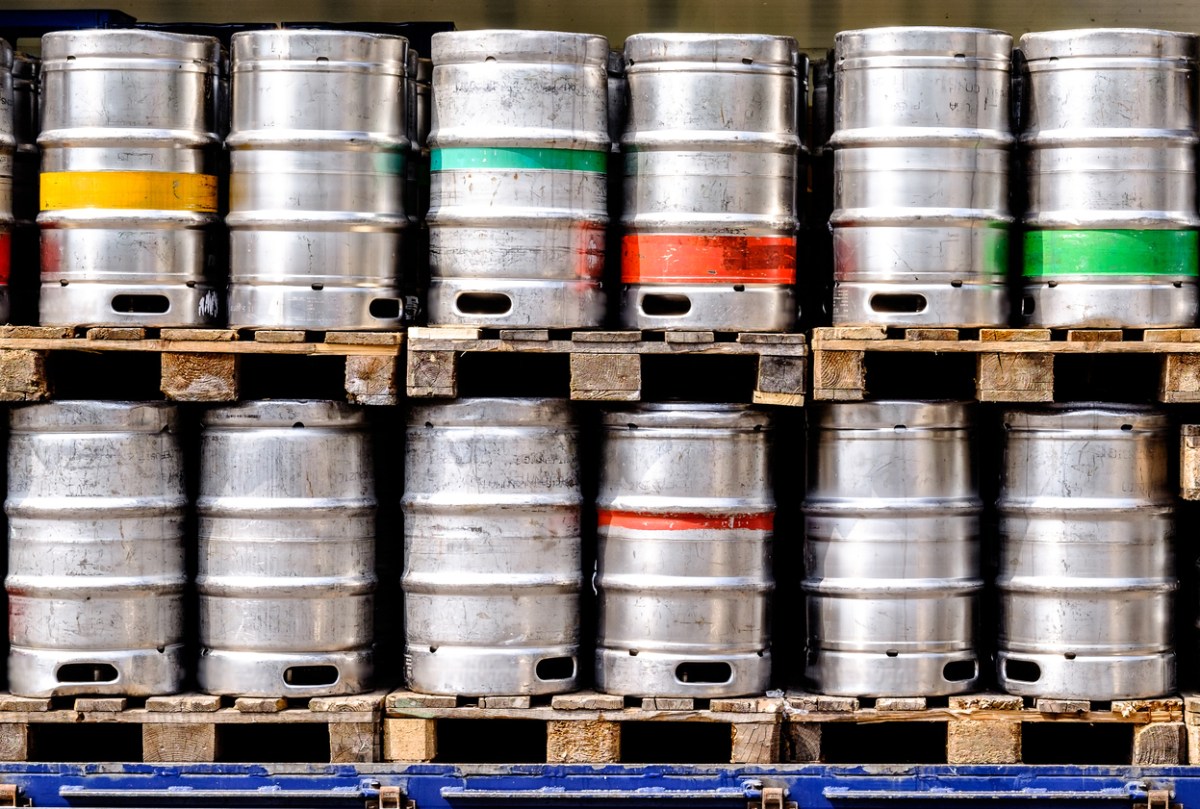By Charles Whitting
What do the operators of some of Australia’s top beer venues make of the changes in excise announced by Treasurer Scott Morrison?
The pub industry has reacted to the announcement of the changes in excise duty from the government.
While pub operators have welcomed the measures, they have also been quick to point out that, contrary to some reports, the increase in the refund scheme will not necessarily translate to cheaper beers, with brewers instead spending the money saved on increasing the quality and consistency of their product.
“The way the media are saying it, people are expecting cheap beer,” says Joel Beresford, co-owner of Dutch Trading Company, WA.
“But I don’t think it’s going that way. I hope it doesn’t lead to a false expectation. Breweries can use that money for an equipment upgrade, to improve the quality of what they’re doing rather than making cheaper products. They’ll have extra resources for events, social media, lifestyle, and the ability to incorporate their beer more into people’s lifestyles.”
However, the industry has welcomed the opportunities that changes to keg size could bring, allowing operators to stock less mainstream and popular beers without the pressure to sell 50 litres of it. As well as encouraging more variety on bars – not to mention that breweries might also be given added freedom to make more styles of beer – the smaller kegs are expected to ensure that beer lists become more interesting and offer fresher beer.
“It’s flexibility for the breweries – that’s what I’m excited about,” adds Beresford. “They can do a tap takeover for the publican. Before, to do a six tap takeover – they’re not going to sell 300 litres. But they can now provide 30 litre kegs with no penalty, so that might be 120 litres, which is much easier for the publicans to get through. The breweries will be able to get more kegs of limited releases out – they can sell 18 or 15 kegs instead of nine. There’s more saturation in that regard.
“Big beers like imperial stouts, you might worry about tap throughput. But they could order a 20 litre keg and they’ll be more confident in shifting it. It gives breweries more flexibility to do these wilder beers. The smaller the keg, the quicker they can turn it over, so people are coming back more often because there are more new beers on offer.”
The flexibility the changes are expected to make to draught beer could also see different venues opening up their taps for more unusual beers. Sites that don’t trade on their draught beer sales may well be more inclined to bring an 8 litre keg into their venue, thus widening the exposure of craft beer to more consumers.
“As a specialty beer venue that does decent keg volume, we will probably continue with a preference for 50 litre kegs, however I imagine less craft-focussed venues with short beer lines will be encouraged to try the smaller formats for stuff that doesn’t move as fast,” adds James Thorpe, co-owner of The Taphouse, in Sydney.
“Keeps the beer fresher too if you’re not doing massive volumes.”

